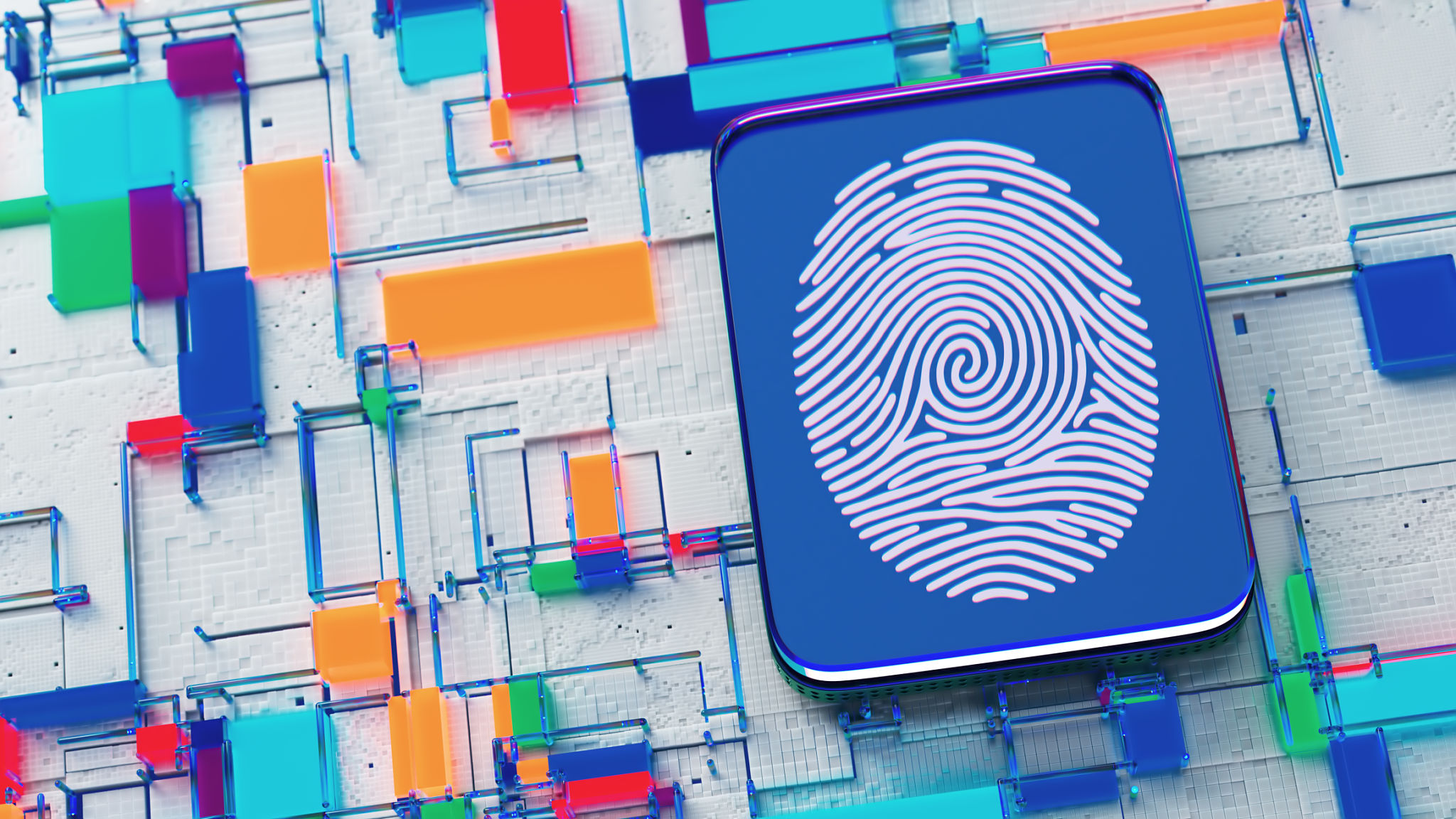Exploring the Latest Trends in Fingerprinting Technology
ML
Introduction to Fingerprinting Technology
The field of fingerprinting technology has seen remarkable advancements over the years. With the integration of cutting-edge innovations, this technology has become more efficient, accurate, and secure. These developments have a significant impact on various industries, from law enforcement to personal security.

Biometric Authentication
Biometric authentication is at the forefront of fingerprinting technology. It involves using unique biological traits to verify an individual's identity. Fingerprints are among the most reliable forms of biometrics, offering unparalleled accuracy. Advances in sensor technology have improved the precision and speed of fingerprint recognition systems.
Today, fingerprint scanners are more compact and accessible, allowing them to be integrated into smartphones, laptops, and security systems. This accessibility has made biometric authentication a preferred choice for many organizations seeking secure access control solutions.
Artificial Intelligence and Machine Learning
The integration of artificial intelligence (AI) and machine learning (ML) in fingerprinting technology has enhanced its capabilities. AI algorithms can process and analyze fingerprint data more efficiently, reducing the time required for identification and verification.

Machine learning models are trained to recognize patterns in fingerprint data, improving the accuracy of the systems. As a result, AI-powered fingerprinting technology is less prone to errors and can adapt to various conditions and challenges.
Cloud-Based Solutions
Cloud technology is revolutionizing fingerprinting systems by providing scalable and secure solutions. Cloud-based fingerprinting platforms allow for easy data storage and access, enabling organizations to manage large volumes of data efficiently. These platforms also offer enhanced security features, ensuring that sensitive biometric data is protected.
With cloud-based solutions, updates and improvements can be deployed seamlessly, ensuring that systems remain up-to-date with the latest standards and technologies.

Applications and Future Prospects
Fingerprinting technology is widely used across various sectors, including criminal identification, access control, and time attendance systems. The future holds exciting prospects as researchers continue to explore new applications and improvements.
- Enhanced mobile security
- Integration in Internet of Things (IoT) devices
- Advanced forensic analysis
As these technologies evolve, the potential for further innovation in fingerprinting systems is immense, promising greater security and convenience for users worldwide.
